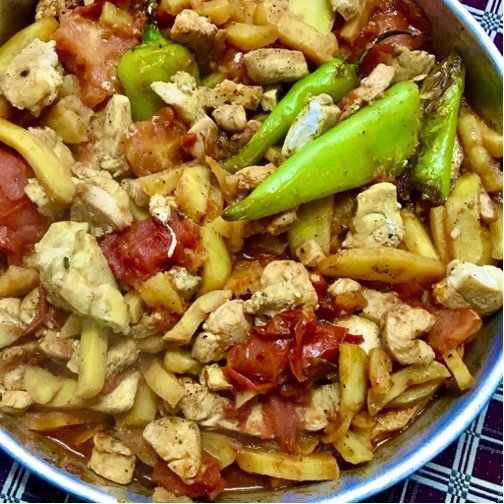Community Meal Time
Understanding both the cultural significance and the potential for positive effect it is likely no surprise to learn that even our youngest community members can benefit from social eating, writes 0-3 Montessori diploma holder Úna Shea.
In many cultures, sitting together to share food holds a special value within a community setting. Special meals may be made to celebrate certain people, holidays, or events and groups of people might then take time to spend quality time together to enjoy an experience that provides nourishment at both the physical and emotional level.
Of course, social eating also exists outside of ‘special’ occasions; for example, employees may choose to take their lunch break together beyond their workplace environments and children usually engage in communal eating during a typical school schedule.
These may not seem like important moments at first glance, but such experiences have actually been found to support the development of trust between people, to increase their work performance also and to encourage interpersonal bonding.
Understanding both the cultural significance and the potential for positive effect it is likely no surprise to learn that even our youngest community members can benefit from social eating. Let’s consider a few aspects of mealtime, and highlight the potential benefits for an infant or toddler:
Community Bonding
Ideally, during a meal time, a family or group of people are able to sit together with minimal impact from screens or devices and spend time talking and eating together. Activities in a setting such as this span further than simply eating and include conversation, discussion and the modeling of behaviors or rituals. When a child of any age is included in this as a group participant, rather than being the only participant or an observer, this will encourage feelings of community acceptance, therefore supporting their wellbeing.
Sharing a meal, where everyone can make individualized selections from the same menu, demonstrates to the child that they are part of a bigger group. Opportunities will arise for modeling behaviors on how to express food likes and dislikes, on how to most successfully eat a particular type of food and for exemplifying an overall healthy relationship with eating. Conversation can include reference to things heard, seen and encountered during the day, with consideration for all involved. This shows your child that their experience and input is encouraged–even if they can not yet contribute with spoken words.
Language Development
As already mentioned, conversation is an enormous part of meal time. Topics can include the food at hand, the events of the day or even those yet to come after the meal concludes. Alongside building community, conversation exposes your baby (or child) to new vocabulary and to verbal communication styles. Are you wondering how to discuss food with a young child? Identify its sensory qualities such as color or texture, its temperature, or its name. Model how to talk about a food you especially like or don’t like–remember, if a child hasn’t seen you do it, you can’t expect them to know how to do it themselves. Make sure what you are showing is what you’d be comfortable with seeing or hearing them do independently.
Sensory Information
Eating is a sensory experience. It includes the visual stimulation of different colors and foods on display as well as the various smells, sounds, and textures. Of course, a child eating without being part of group mealtime will still experience some of these things, but with increased participants round a table comes increased opportunity to take in sensory information.
For more people, more food will likely be prepared. There may even be more food on offer, due to personal taste or community contribution to a meal. With more options, there is a chance that a child will begin to express an interest in trying something new that you haven’t thought of yet, and they may begin to expand their own palette.
Children learn so much from sensory input! Generally, they will seek to hear more, see more, taste more, and touch more, so they can learn about their place in the world and how their environment works. Mealtime is a wonderful opportunity for them to do all these things! Some children will find certain sensory experiences upsetting or stressful, so be mindful of this and make note for yourself if you notice any patterns that may appear. This will better help you to support their needs in a positive way.
It is worth noting that each one of these benefits can be attained in many ways. Each family is different, and there should be no pressure to add something to your routine or life that is not easily possible, or puts stress on the family unit as a whole. Considering this, there are many other ways to encourage bonding over food–it could be over a mid-afternoon snack, or a picnic at a suitable time.
Unfortunately, due to societal pressures, many adults have developed an unhealthy relationship with food and eating. With this in mind, I encourage you to make choices around mealtime and communal eating that best supports healthy habits, both for children to learn and bring with them into your life, and for yourself to feel supported and comfortable.





